Animals don’t read. People do. Why, then, do authors include critters in their fiction? First off, most readers like animals. But what literary purpose do animal serve?

I’ve blogged before about the pets owned by authors. But authors write about animals as well, and my topic today is about how animals make stories better.
The Talking Kind
From ancient times to the present, authors have penned tales about talking animals. Though they make endearing characters, I’ll gloss over them in my post today. For the most part, talking animals merely substitute for human characters. Speech serves only to make these animal characters more relatable and places the story in the realm of fantasy.
An author may, however, write about normal, non-magical animals that have been given the power of speech. Science fiction author David Brin exemplified this in his Uplift Universe series, where humans biologically manipulated some Earth animals and designed in the ability to speak.
In any case, according to editor Mary Kole, stories with talking animals aren’t trending. She suggests including a talking animal only if your story won’t work any other way.
Purposes
Why include regular, non-talking animals in fiction? In a valuable post on the subject, editor Moriah Richard listed three reasons: tool, weapon, and companion. Richard noted these purposes overlap and do not constitute all possible uses. I’ll explore the ones Richard listed and add some of my own.
Tool
For any attribute humans possess, (except speech, higher level thought, and manual dexterity), you can name an animal that surpasses us. Access to narrow places, burrowing, seeing, flying, hearing, smelling, speed, strength, and swimming—certain animals have us beat. Often, in stories, we read of a human using a trained animal as some sort of tool. For hearing and smelling, writers often choose dogs. Easy to train and readily available, dogs are also well known to readers, so require little description. For transportation, horses seem ideally suited, though other animals can suffice.
Weapon
I suspect this use occurs less frequently in fiction than the tool use. A weapon is a kind of tool, though, so you can regard this as a subset of the previous use. For attacking other people, dogs again represent a good choice, due to their trainability, their speed, and their teeth.
A writer may use all types of other animals as weapons in a story, including bears, bees, hawks, lions, sharks, and dozens of others. However, these belong in the difficult-to-train category, and might just turn on the person who releases them.
Companion
Perhaps the most often used purpose of animals in fiction, companionship provides the author several opportunities. When a character enjoys a companionable relationship with an animal, it endears the character to the reader. It also portrays, by inference, the kind and caring nature of the character.
Examples include the film Hachi: A Dog’s Tale and the book Marley & Me: Life and Love with the World’s Worst Dog, by John Grogan. A stranger example might be Life of Pi by Yann Martel, featuring a tiger as companion.
Antagonist
I’ll add this purpose to Moriah Richard’s list, though the traditional role of antagonist doesn’t fit most animals. Animals do not often oppose a human through hatred or malevolence. They act according to their natures, but humans may hate them for that, so it’s more about the human’s feelings than those of the animal. In stories with animal ‘antagonists,’ often the real antagonist is another human or a psychological struggle inside the human protagonist.
Examples include Moby-Dick by Herman Melville and Jaws by Peter Benchley.
Symbol
This blogpost at MasterClass.com explains the use of animals as symbols in literature. As metaphor, the animal represents something else, often some quality of humanity, without stating the comparison in an overt way.
The albatross in the poem “The Rime of the Ancient Mariner” by Samuel Coleridge symbolizes good luck. The bird in the poem “The Raven” by Edgar Allan Poe symbolizes the persistence of grief. The owl Hedwig in the Harry Potter series by J.K. Rowling symbolizes Harry’s innocence, which he loses when the owl dies.
Conscience
An animal may also serve as a sort of unwitting conscience for a human character. The character who talks to a pet may arrive at a solution to a problem without any reaction from the pet, and nevertheless credit the animal with providing valuable assistance.
My Own Animal Characters
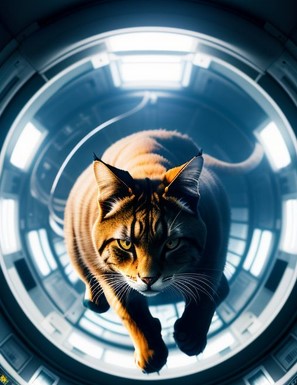
I’ve rarely included normal animals in my stories. Not sure why. Mutated cats serve as ‘antagonists’ in “The Cats of Nerio-3,” a story appearing within In a Cat’s Eye. A basset hound named Diogenes assists a detecting in locating an invisible murderer in Ripper’s Ring. In that story, the dog serves as tool, companion, and conscience.
Whatever you do, don’t write a shaggy dog story—then you’d be barking up the wrong tree. Okay, I guess it’s off to the doghouse for—
Poseidon’s Scribe

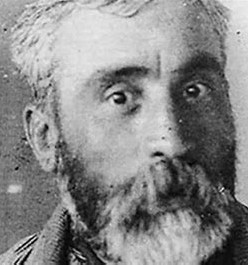
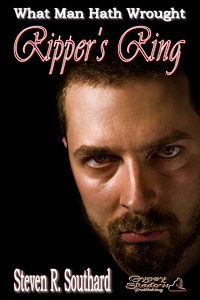

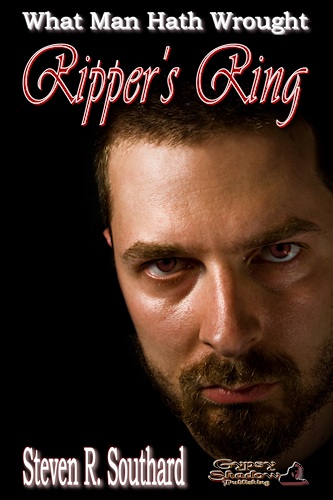
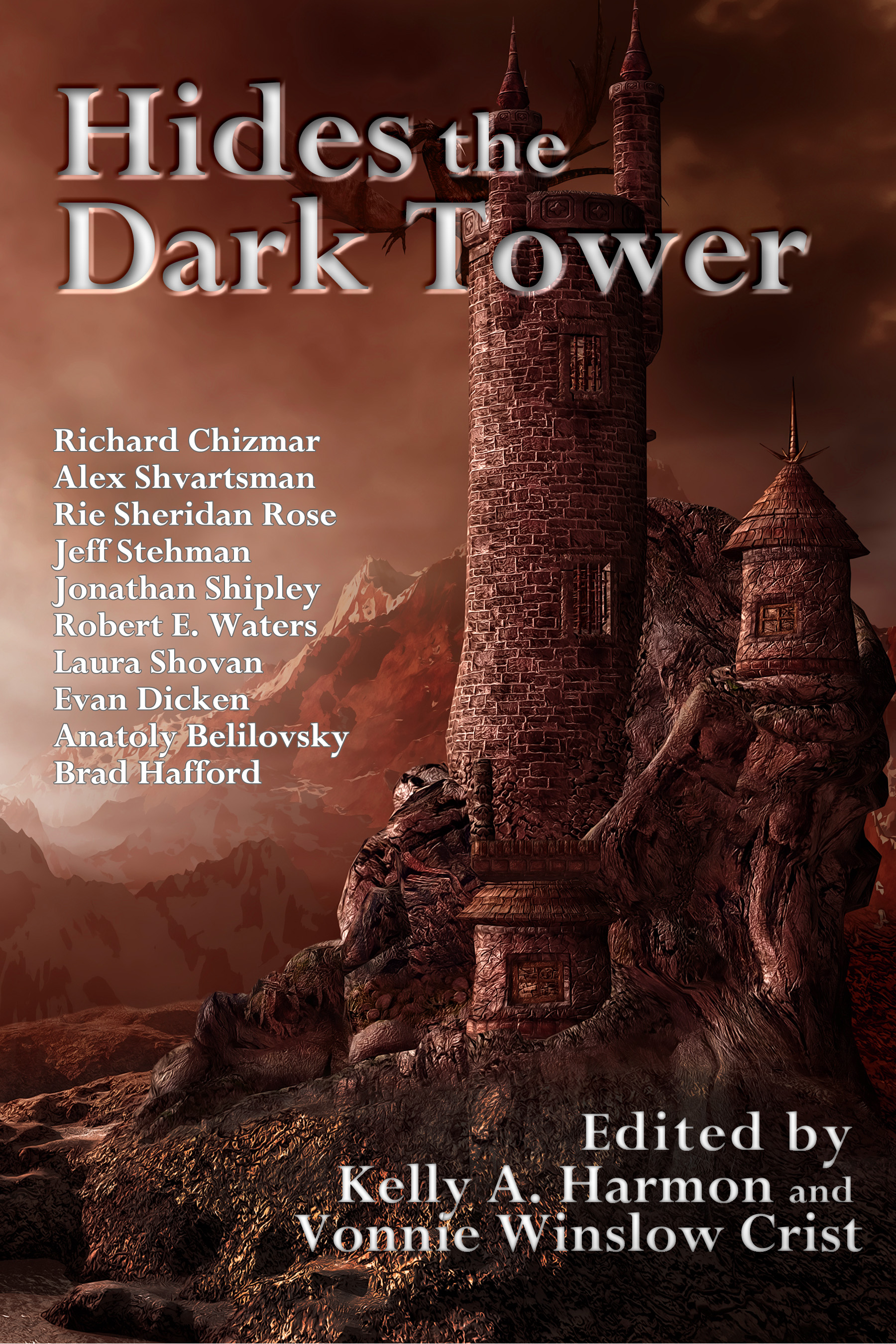
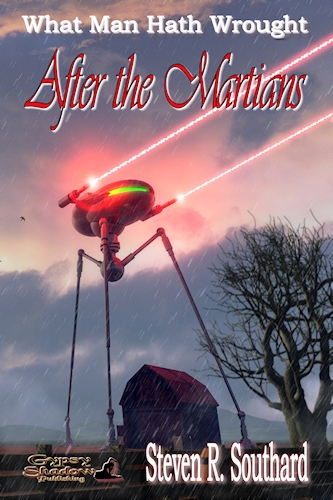
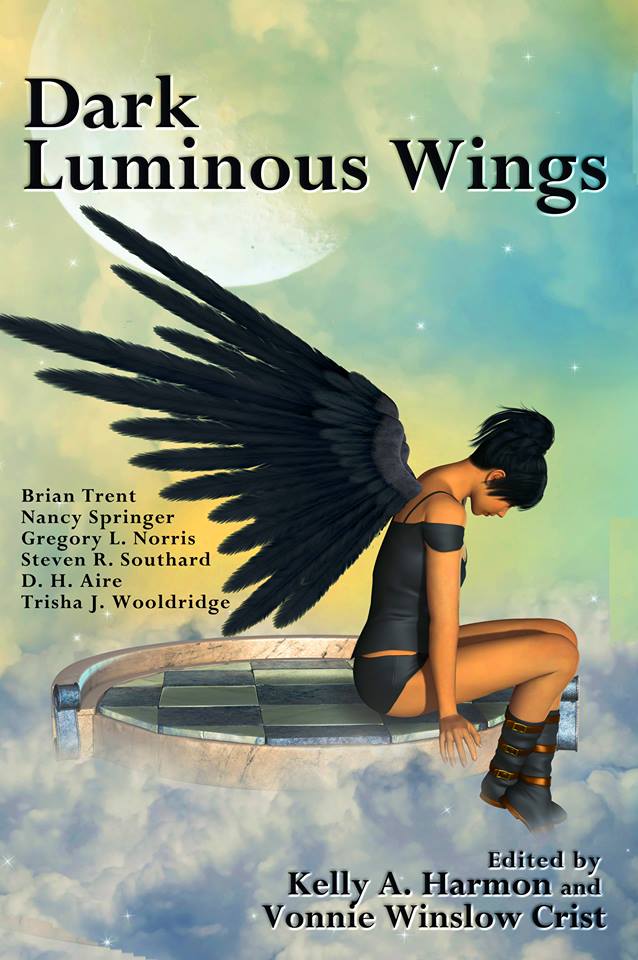
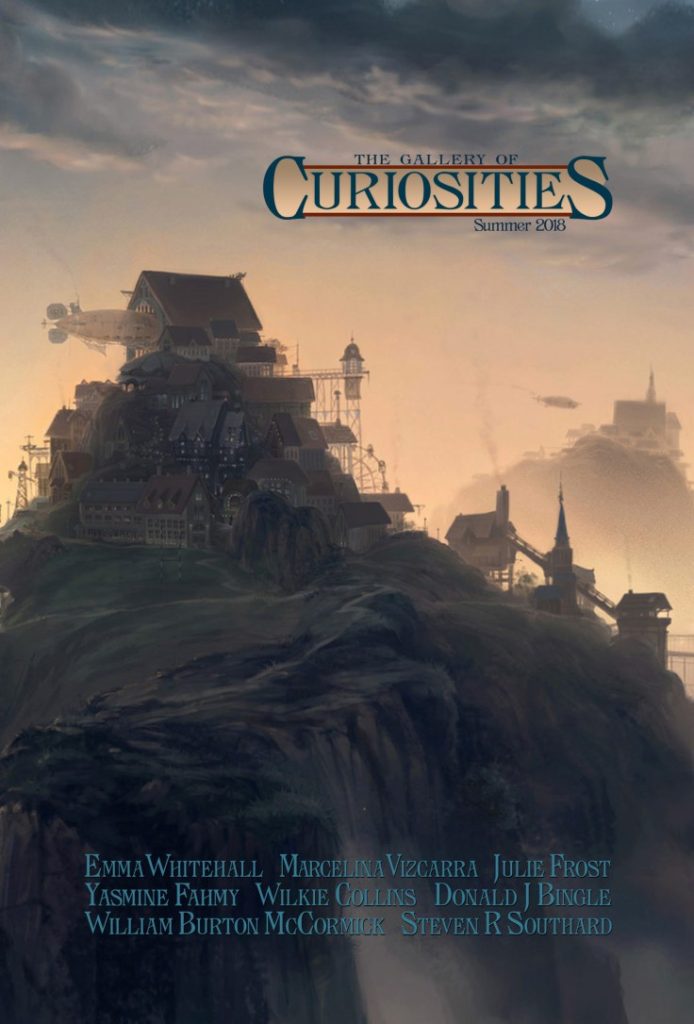

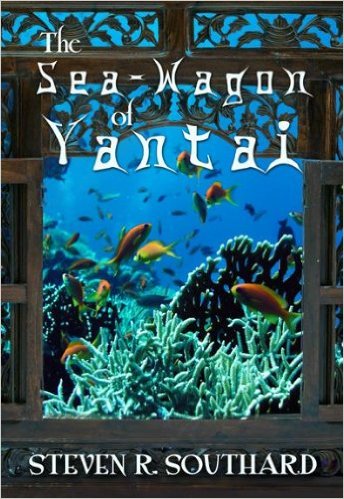
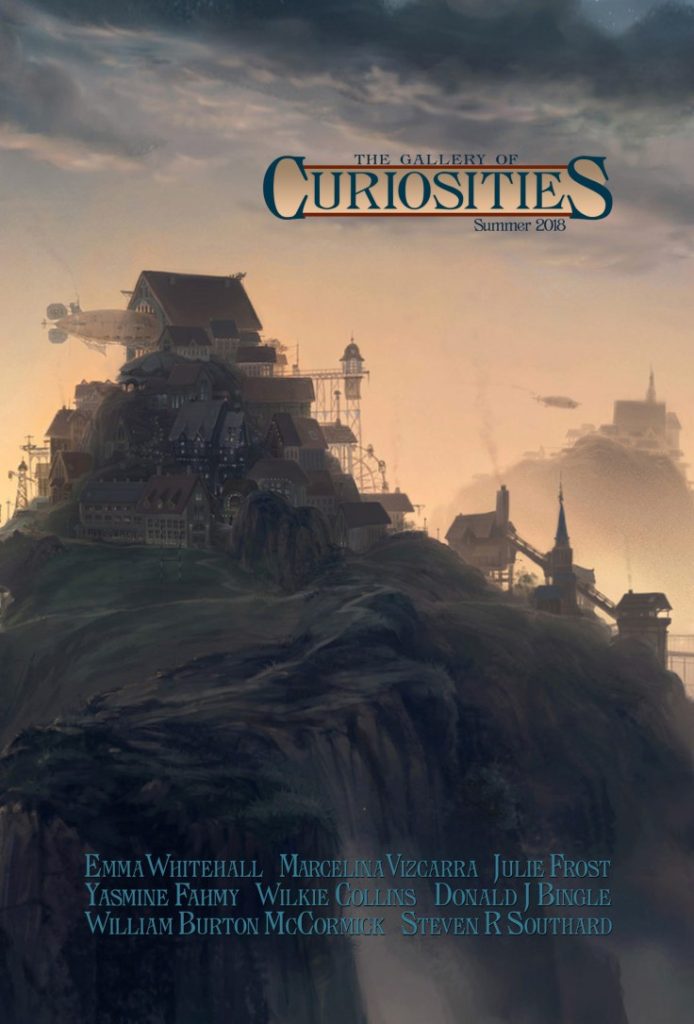
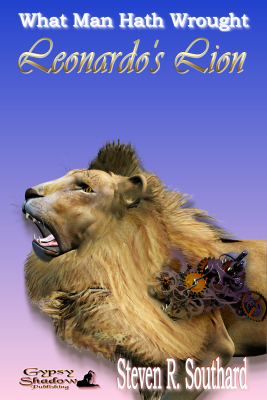
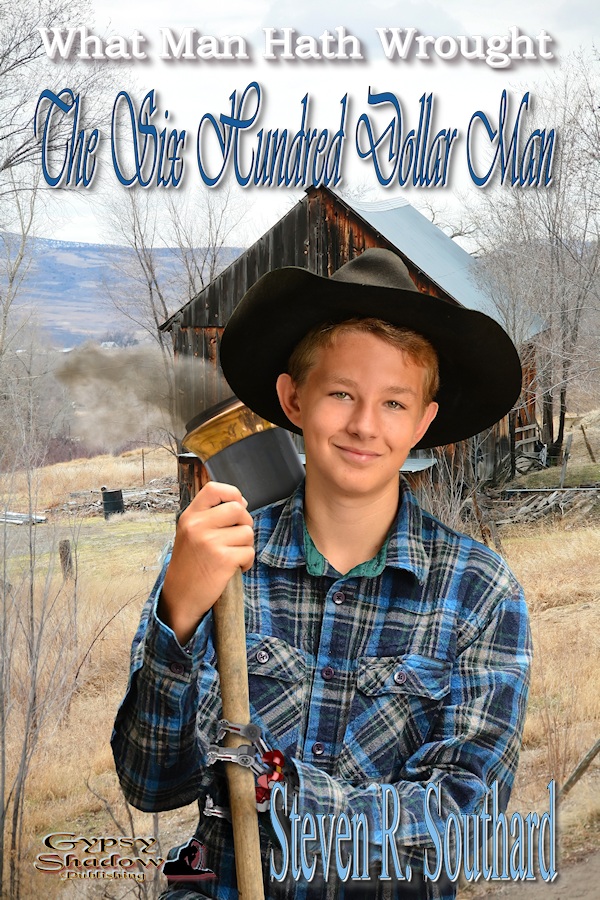

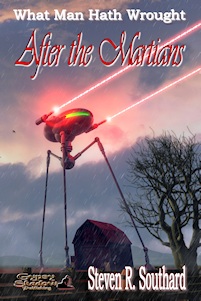


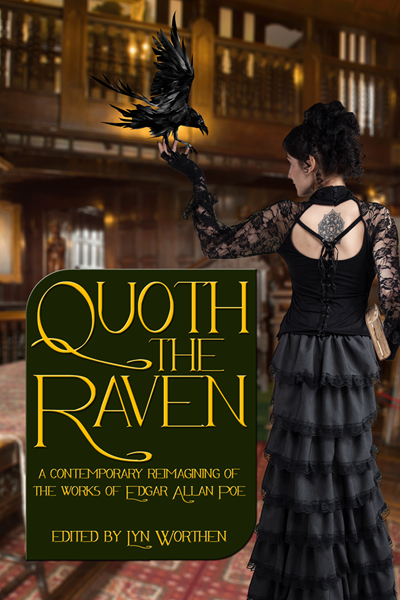
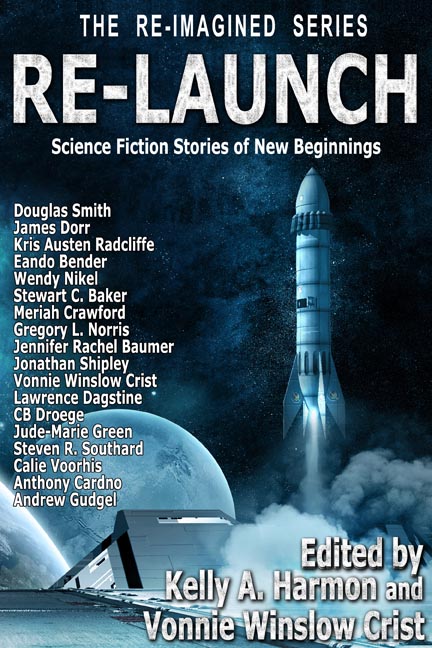

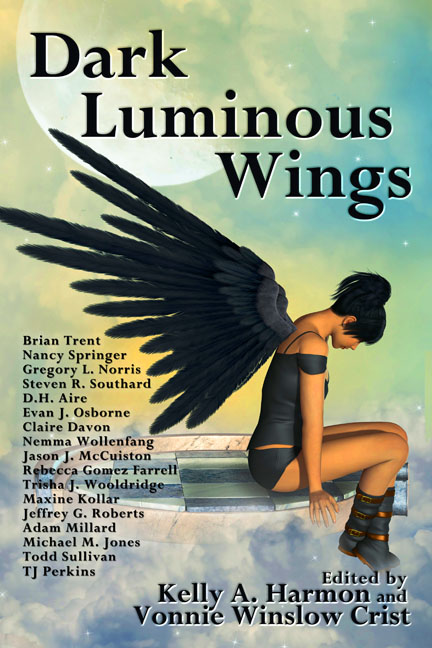
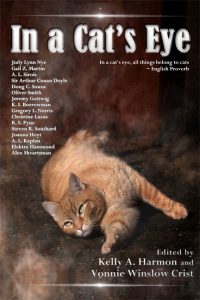
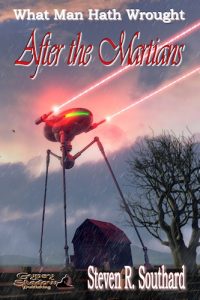
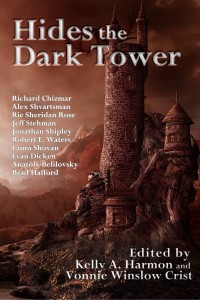
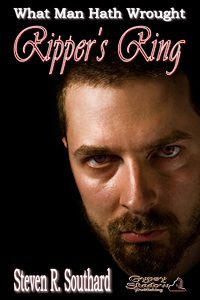
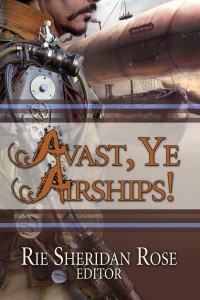
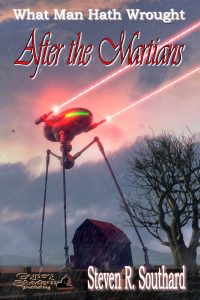
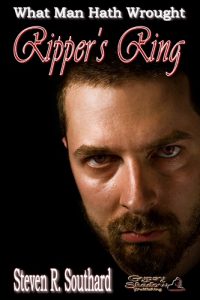
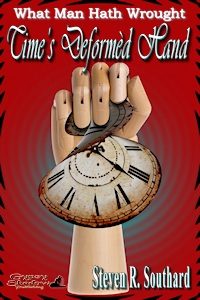
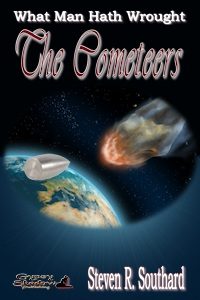


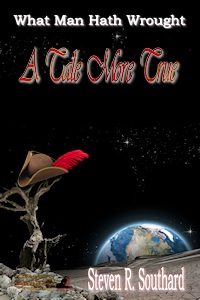
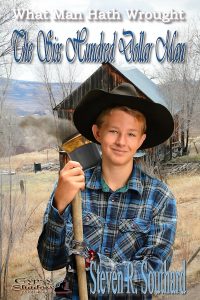
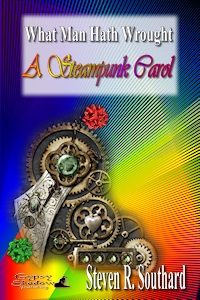
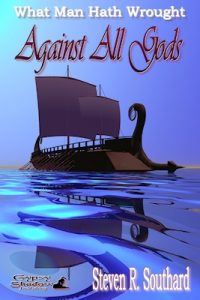

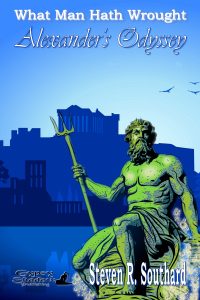
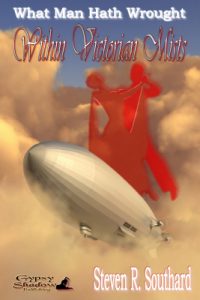
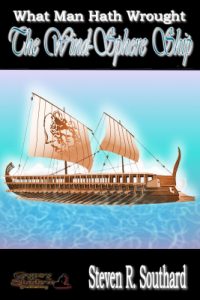
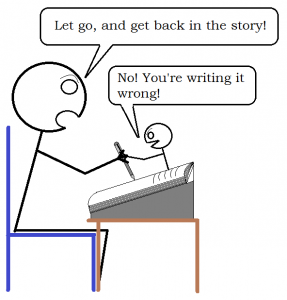 Today I’ll consider the topic of characters getting too big for their britches, and assuming a bigger (or different) role than the one planned for them. When this happens in your writing, should you take it as a good thing or a bad thing?
Today I’ll consider the topic of characters getting too big for their britches, and assuming a bigger (or different) role than the one planned for them. When this happens in your writing, should you take it as a good thing or a bad thing?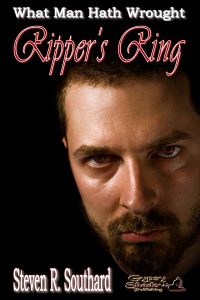
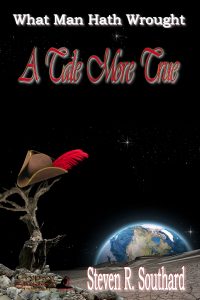
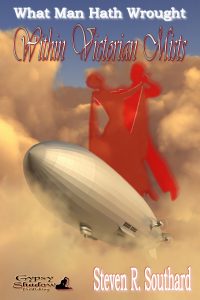

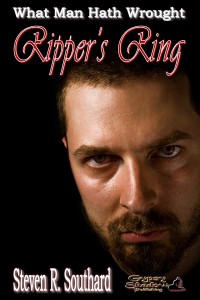
 ten (top five, even) of the nominated horror short stories of 2015. I’m proud of “Ripper’s Ring” and gratified that readers think enough of it to send in their votes.
ten (top five, even) of the nominated horror short stories of 2015. I’m proud of “Ripper’s Ring” and gratified that readers think enough of it to send in their votes.